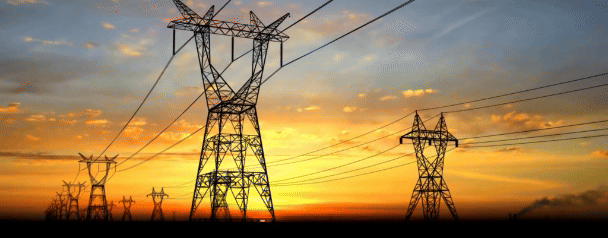- Power System Network Modelling
- Load Flow Analysis
- Short Circuit Analysis
- Relay Coordination Analysis
- Arc Flash Analysis
- Power factor Improvement Analysis
- Unit Protection Review
- Reactive Power Compensation
- Cable Ampacity
- Transient Stability Analysis
- Motor Starting Analysis
- Harmonic Analysis
Why Us?
Our Services

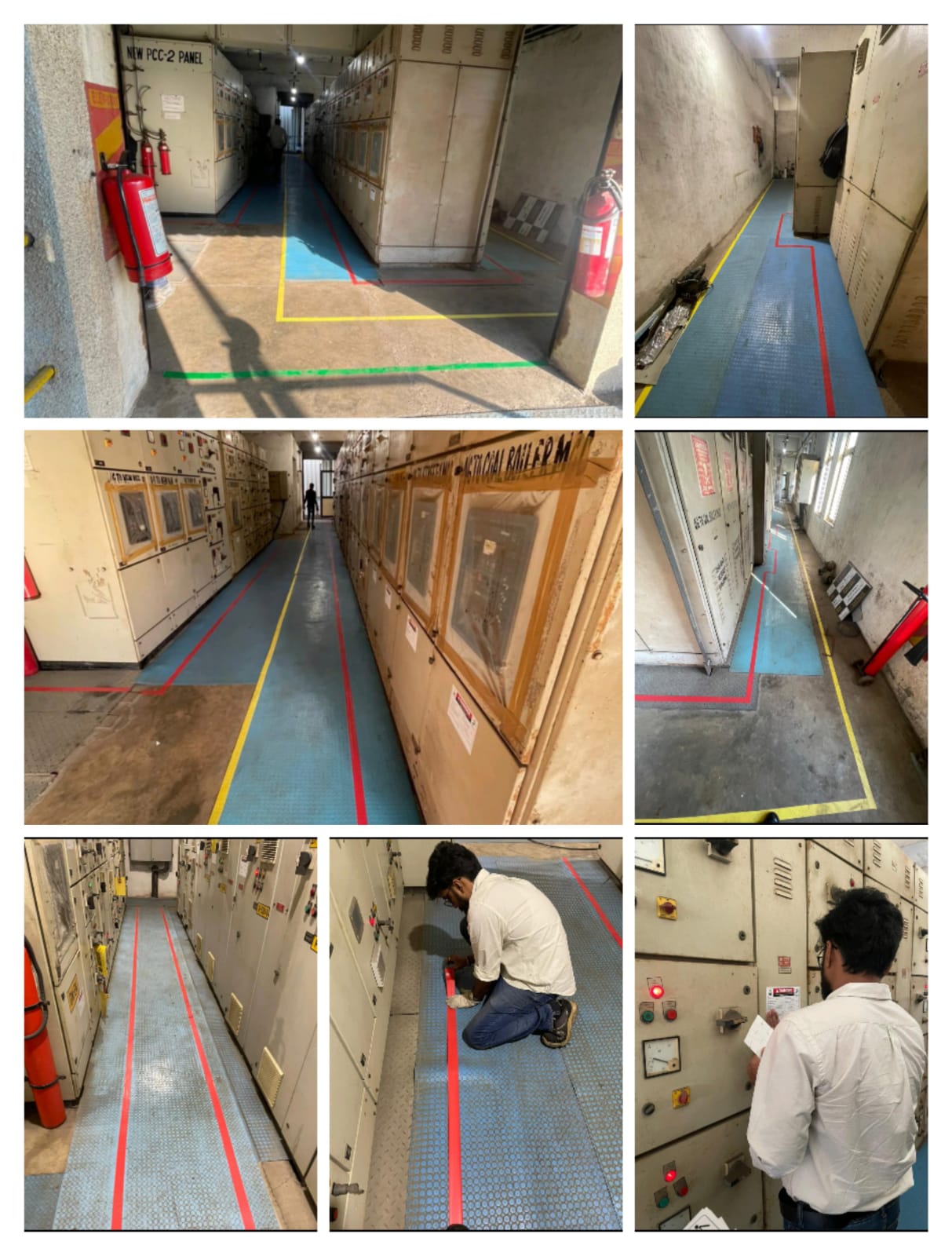
What is Arc Flash Analysis?
An arc flash occurs when a fault in an electrical system results in a sudden discharge of energy, causing a sudden burst of heat and light. Arc Flash can disrupt power supplies, damage equipment and, most importantly, may cause serious injury and even fatality. A full arc flash assessment is the only reliable way to determine the possible risks and keep staff and equipment safe.An arc flash occurs when a fault in an electrical system results in a sudden discharge of energy, causing a sudden burst of heat and light. Arc Flash can disrupt power supplies, damage equipment and, most importantly, may cause serious injury and even fatality. A full arc flash assessment is the only reliable way to determine the possible risks and keep staff and equipment safe.
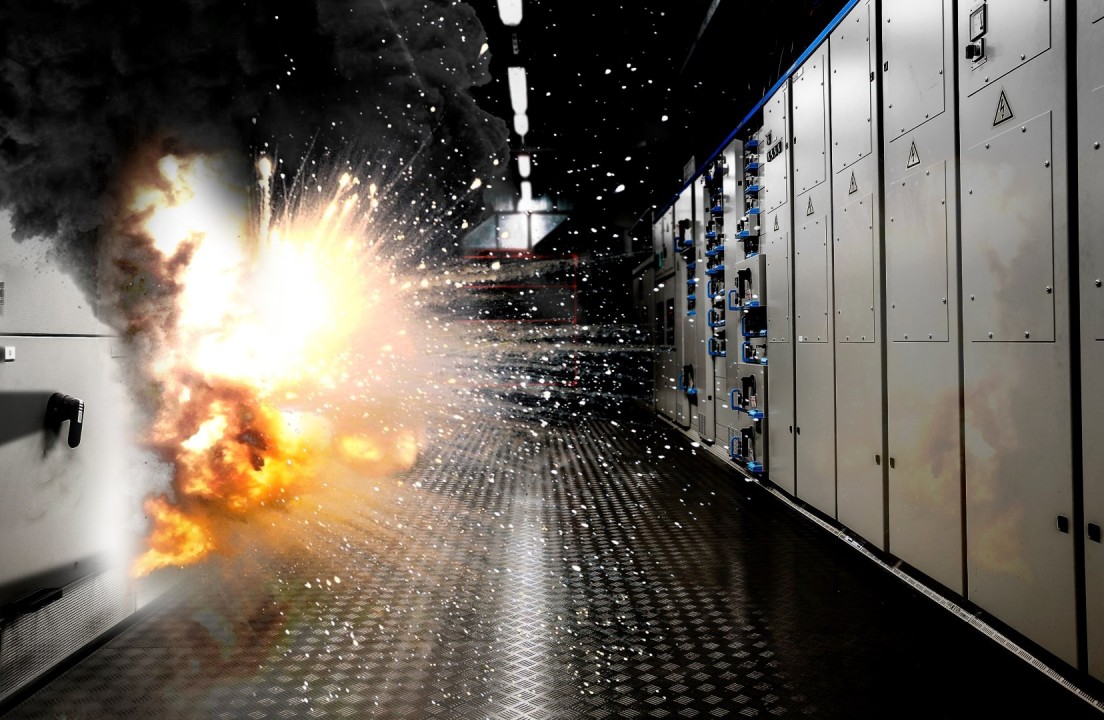
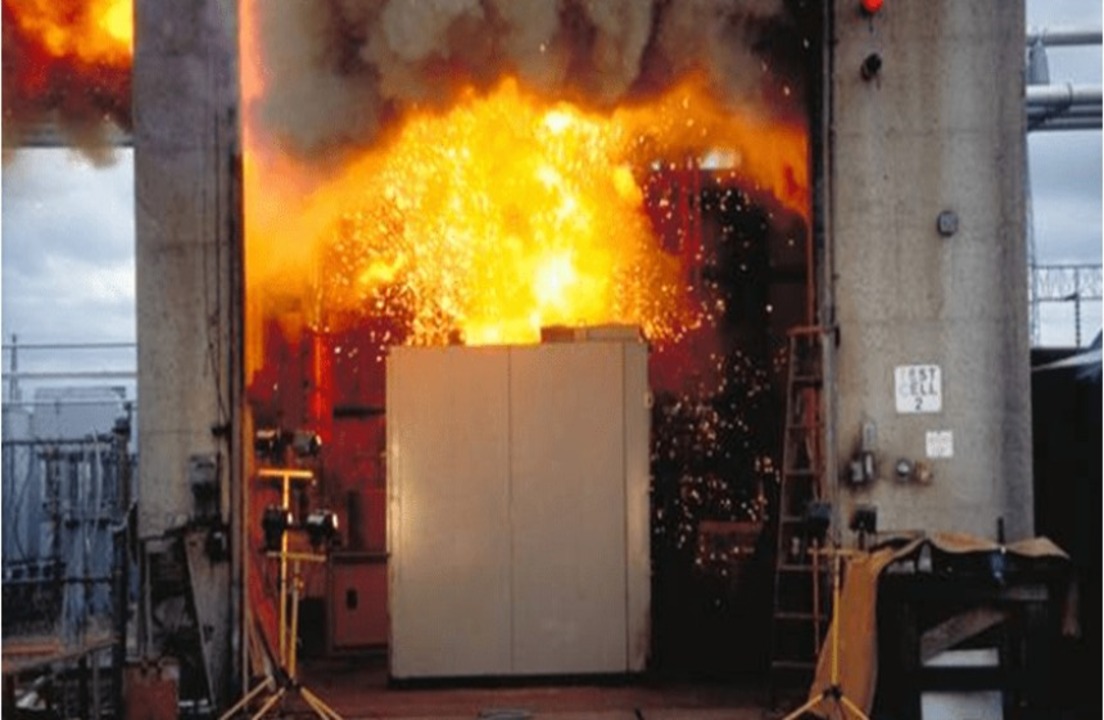
Working on energized system has become common place in continuous running process plant. Numerous works are injured while working on energized system. An Arc Flash Study aims to identify the risks and hazards associated with the possibility and severity of an arc flash occurrence. An arc flash can have a serious negative impact on a power system and pose serious health risks to personnel working in the vicinity. Hence, an arc flash study is an electrical engineering analysis of an electrical distribution system that determines incident energy at various location of electrical network, working distance, various arc flash boundaries, Personal Protective Equipment (PPE) required to carry etc.
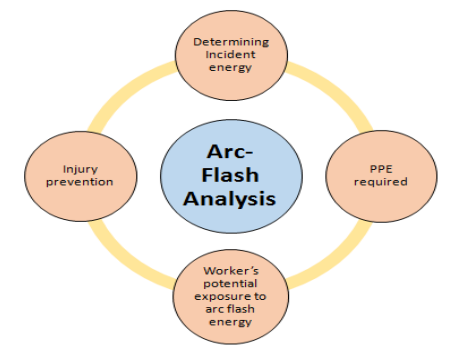
What causes arc faults?
Causes of arc faults include situations as simple as:
Why Is an Arc Flash Study Important?
The signification of arc flash event can be severe. Power outages may cause operational interruptions leading to loss of business, and damaged equipment can be expensive to repair or replace. Most importantly it causes serious risks to any workers in the vicinity and may result in serious injury or even death.
Statistics of Arc Flash Event:
- According to OSHA 10% of job fatalities due to the electrocution.
- 97% of all electricians have been shocked or injured on the job.
- Approximately 30,000 workers receive electrical shocks yearly.
- Over 3600 disabling electrical contact injuries occur annually.
- Electrocutions are the 4th leading cause of traumatic occupational fatalities.
- Over 2000 workers are sent to burn centers each year with severe Arc‐Flash burns.
- 10% of workplace accident deaths are caused by burn injuries.
- Over 1000 electrical workers die each year from workplace accidents.
- According to NFPA 25% of all fires occurs due to electricity About 12 people dead in India daily due to electrocution according to NCRB.
What Steps Are Taken to Undertake an Arc Flash Study?
The general steps undertaken for any arc flash study generally involve:
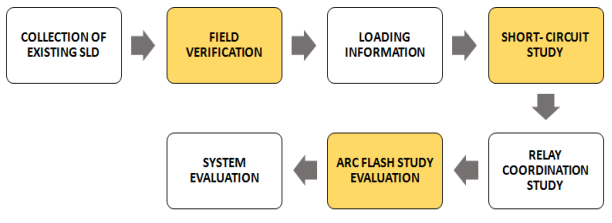
- Data Collection: Collect necessary data about the facility’s power distribution system, including transformers KVA and impedance, nameplate specifications, fuses, breakers, along with lengths and sizes of all cables.
- Engineering Analysis of the Data: To determine the available fault current at each location.
- Protective Device Coordination: To Determines selectivity and sensitivity of the protective device and to decide fault clearing time of Protective device.
- Arc Flash Calculations: To determine incident energy levels and flash protection boundaries and complete calculations of all relevant equipment based on IEEE‐1584.
- Arc Flash Study and Analysis Report: Based on the calculations are completed a comprehensive report will be built based on the findings.
- Label Creation: Creation of warning labels showing incident energy and working distance, arc flash boundary, and nominal system voltage. Include Limited, Restricted approach boundaries, date, and recommended personal protection equipment (PPE).
- Training: Employees shall be trained to understand the specific electrical hazards associated with electrical system. Employee shall be trained in safety related work practices and procedural requirement to provide protection from electrical hazards associated with their respective task.
- Review: 5‐year review. The incident energy analysis shall be updated when changes occur in the electrical distribution system that could affect the results of the analysis. The incident energy analysis shall also be reviewed for accuracy at intervals not to exceed 5 years.
How Often Is An Arc Flash Study Required?
As part of a organization’s safety protocols, an arc risk assessment provides insight of the Risks to workers from electrical systems must be identified, contained, and minimized as much as possible. Also the steps an employer needs to take to protect workers. With the results of these risk assessment analysis, employers can mitigate or reduce hazards to an incident energy level. Providing labels to raise awareness, inform employees, and aid in selecting the proper PPE for the task.
A full arc flash study is only required once for a given system, but revisions and reassessments are required periodically. As a rule, an arc flash assessment should be conducted every five years at the very least. But system or standards updates, or additions will also mandate a revised assessment.
Standards:
- NFPA 70E – 2021
- IEEE 1584 – 2018
Our Esteemed Clients With Our Associated Partners












